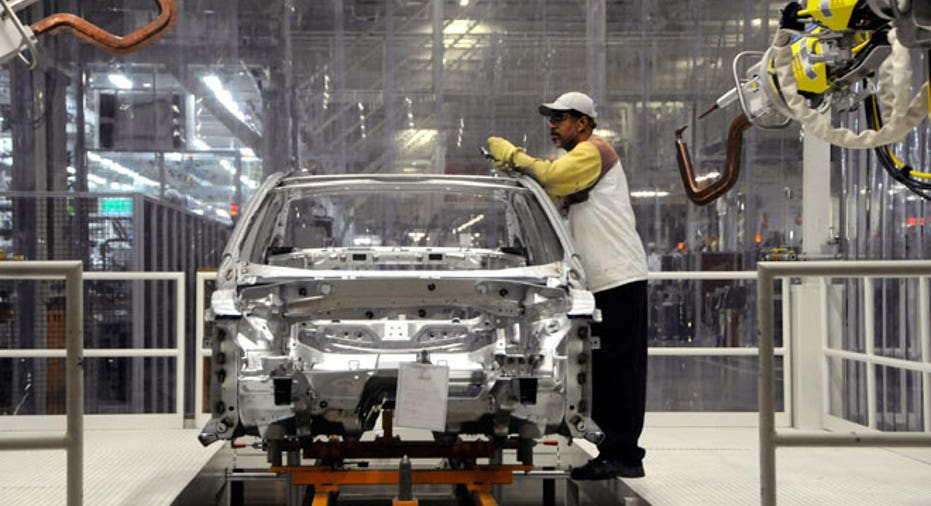Tax Incentives to Strengthen Our Manufacturing Sector

Manufacturing plays a major role in the health of our economy, and according to recent data, there is optimism within the industry for growth this year.
“Making things is how we built the wealth in this country and it is critical for our ongoing standard of living,” says manufacturing analyst Mitch Free, CEO of MFG.com. MFG.com’s recent survey of more than 8,800 North American suppliers and buyers of manufactured goods found many entrepreneurs were hopeful for expansion this year.
“Fifty-three percent of entrepreneurs expect to increase their contract manufacturing in 2013, and 31% of companies will be increasing exports this year, a 5% increase from 2012,” he said.
He added that the rapid rise of consumers with disposable income in Asia, India, Eastern Europe, Africa and Latin America are becoming an attractive target as U.S. companies begin thinking the U.S. market will remain somewhat stagnant for years to come.
Taxes and health-care reform remain the top concerns for manufacturers in 2013. Free supports making health-care accessible to all, but said the paperwork required under the Patient Protection and Affordable Care Act (PPACA) is too costly for businesses, especially those with more than 50 employees.
Restructuring employee pay to include health insurance as a pre-tax benefit is a good solution to combat these rising costs. In fact, because those funds will not be subject to employer paid payroll taxes, the cost could drop from current levels.
Tax increases in general are another major concern. Manufacturers are already struggling to be competitive with countries that can charge cheaper prices for their goods and services. One tax incentive already in place for manufacturers is the Domestic Activities Production Deduction (DPAD), which is calculated on IRS Form 8903 and carried to Form 1040 as an adjustment to income. This little known deduction was introduced several years ago. Your DPAD is generally 9% of your qualified production activities income. It extends to more than just manufacturing. It can be applied to construction of real property, engineering and architectural services, film production, extraction and other industries. Check the IRS website for more information.
To accomplish growth in manufacturing in this country there must be incentives or at least a disincentive for offshore manufacturing. Implementation of a higher import tax or an expansion of the sales tax could help keep manufacturing stateside. For example, India levies a 15% higher sales tax rate for items made in other countries. This works as a successful incentive to purchase goods made within its country’s borders.



















